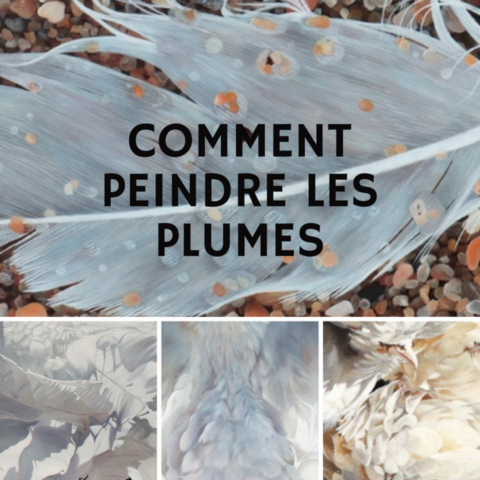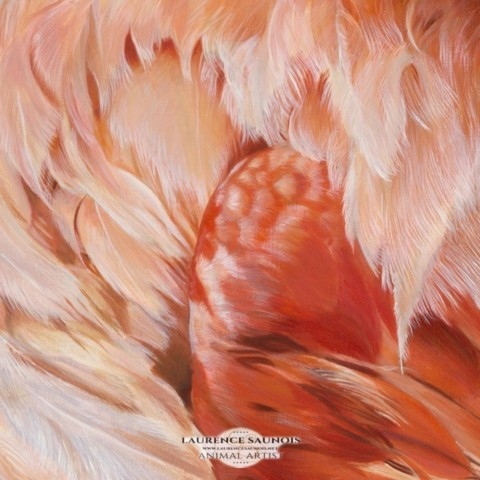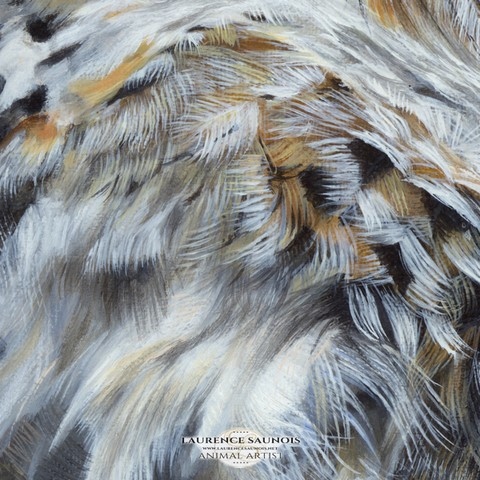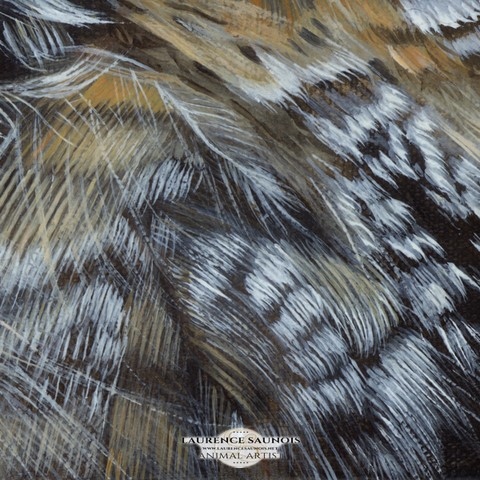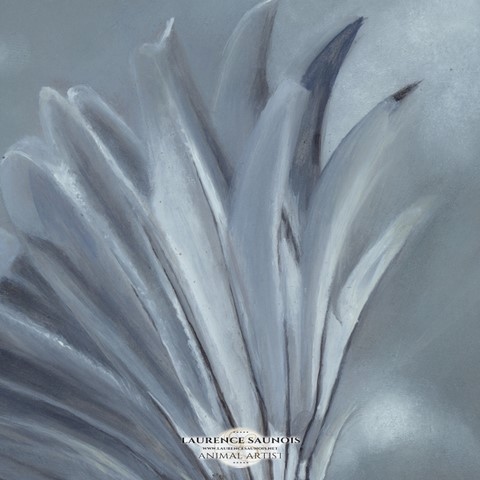Why and how to paint bird feathers? 

How to paint the down?
To combine both lightness and density, it is necessary to paint it in small, jerky strokes with a small, fine brush. Often quite clear, the difficulty is to bring out the different shades that compose it. To do this, the painter starts from the darkest shades to go to the lightest. The tip of the feathers is often enhanced with a pure white.
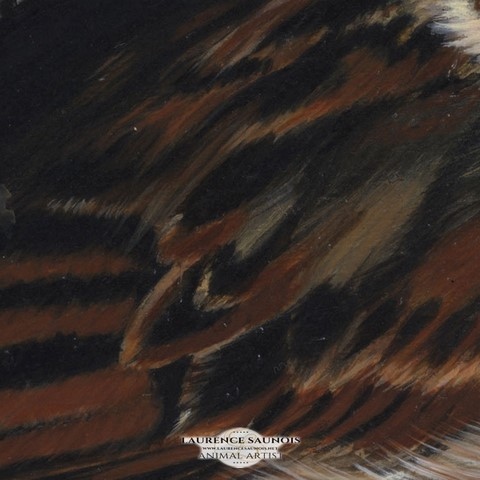
What color palette to paint the birds?
A palette of colors rather reduced. Unless you are painting island birds with shimmering colors, a fairly limited color palette is sufficient to paint the plumage of a country bird. This is not to say that there is no difficulty in setting up the different shades. Some plumages, like that of the woodcock for example, are real challenges for a painter. In these cases, the animal painter makes the feathers of the bird one by one. Then, once all finished, she takes everything back in its entirety to adjust the contrasts and colors.
How to make the transparency of bird feathers?
It often happens that the feathers, under a ray of light, offer an absolutely magnificent spectacle. They become transparent. To achieve this effect in painting, it is essential to use a painting medium in order to make fine glazes. In this case, the artist always uses a very clean palette to avoid unwanted colors. Of course, each layer must be perfectly dry before applying a new layer of glaze. Contrasts must be accentuated without exaggeration to avoid "weighing down" the whole.
